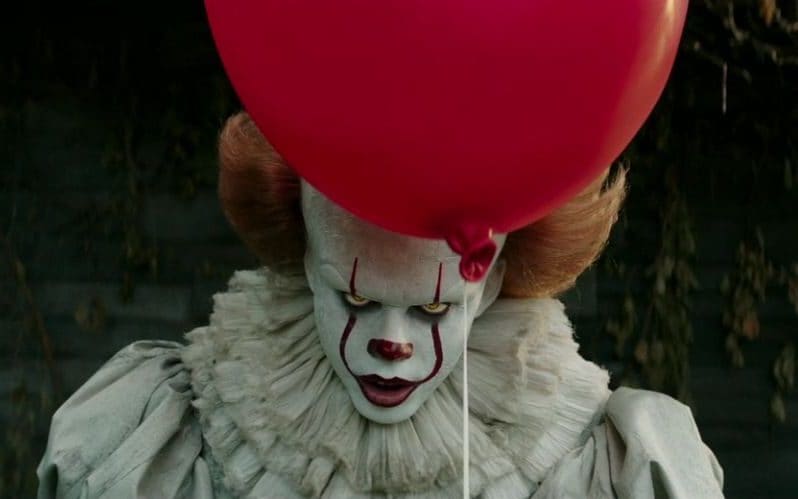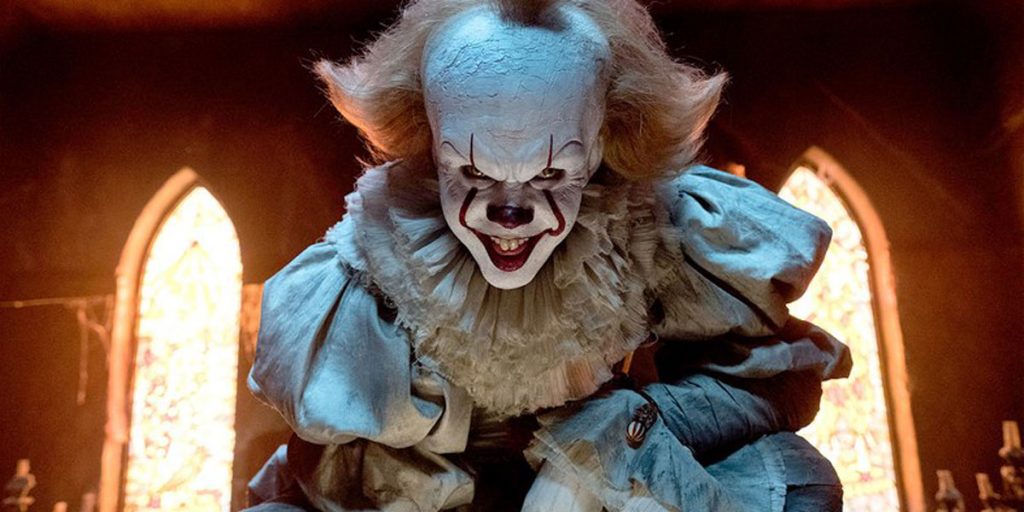The long-awaited new adaptation of Stephen King’s It is finally out, and the 2017 movie is visually stunning but disappointing in content.
Wasn’t that trailer scary? Didn’t the clown look just perfect? Weren’t the costumes spectacular? I could go on forever listing all the technical aspects of the recent adaptation of Stephen King’s It (2017) that really impressed me, from the film’s camerawork, cinematography and use of lighting and special effects, to how spectacular the opening scene was, how appropriate its soundtrack, and how incedibly good-looking Pennywise is in this film. Because, let’s face it: when the infamous clown isn’t in a scene, you wish he were. And when he finally appears, you can’t help but stare at him in awe for that scene’s entire duration.
So what exactly is it that went wrong with director Andy Muschietti’s (Mama) adaptation of one of the most beloved horror novels of all time? Some believe it’s the “Stand By Me meets Stranger Things” comraderie that takes part of the original charm of the novel away, while others criticise the decision not to show the “Losers” as both kids and grown-ups, the way Stephen King had imagined the two timelines in the book to be depicted to the reader/audience. Many argue that the bloody, gory sequences happen so often that, after a while, you just get used to it and don’t find them frightening anymore. Though I do believe all these arguments to be more than valid, the main issue, to me, was the lack of characterisation.
Who is this monster? Where does he come from? What is he doing in Derry? Why is he disguised as a clown? Why is he targeting children? And what’s up with his obsession with making people float? All these questions, whose answers are familiar to those of us who have read the novel, are ever so slightly approached in the movie, but only to be vaguely dismissed in order to leave room for what feels, to me, like a parade of stereotypes. The obese mother, the abusive father, the school bully. How quickly the Losers bond within the range of a few days, and how little we – as an audience – actually know about them. It’s no wonder we can’t wait for Pennywise to appear: he’s the only character we actually care about.

But that’s not all. When Pennywise does eventually (and suddenly) appear, each time in a more spectacular way and with more and more teeth to display, not much actually happens. People run and get chased around, settings change, the visions evolve and merge together, the special effects team displays their impressive skills… All while we, as an audience, wish we could make it all stop, sit good old Pennywise down for a chat and finally get to know him.
I really, really wanted to like It. At the cinema, I often found myself wondering if there was something I wasn’t getting, or if we were actually meant to sympathise with the clown. But just as I’m certain that this rendition of It does not reflect what I usually look for in a horror film – or in any film, for that matter, I am also conviced that the sequel will make so much more sense than this first chapter does. Sometimes a mediocre film is what’s needed for a great sequel to happen: here’s hoping a better second chapter is in the works!
It (2017) is now available to watch on digital and on demand.

